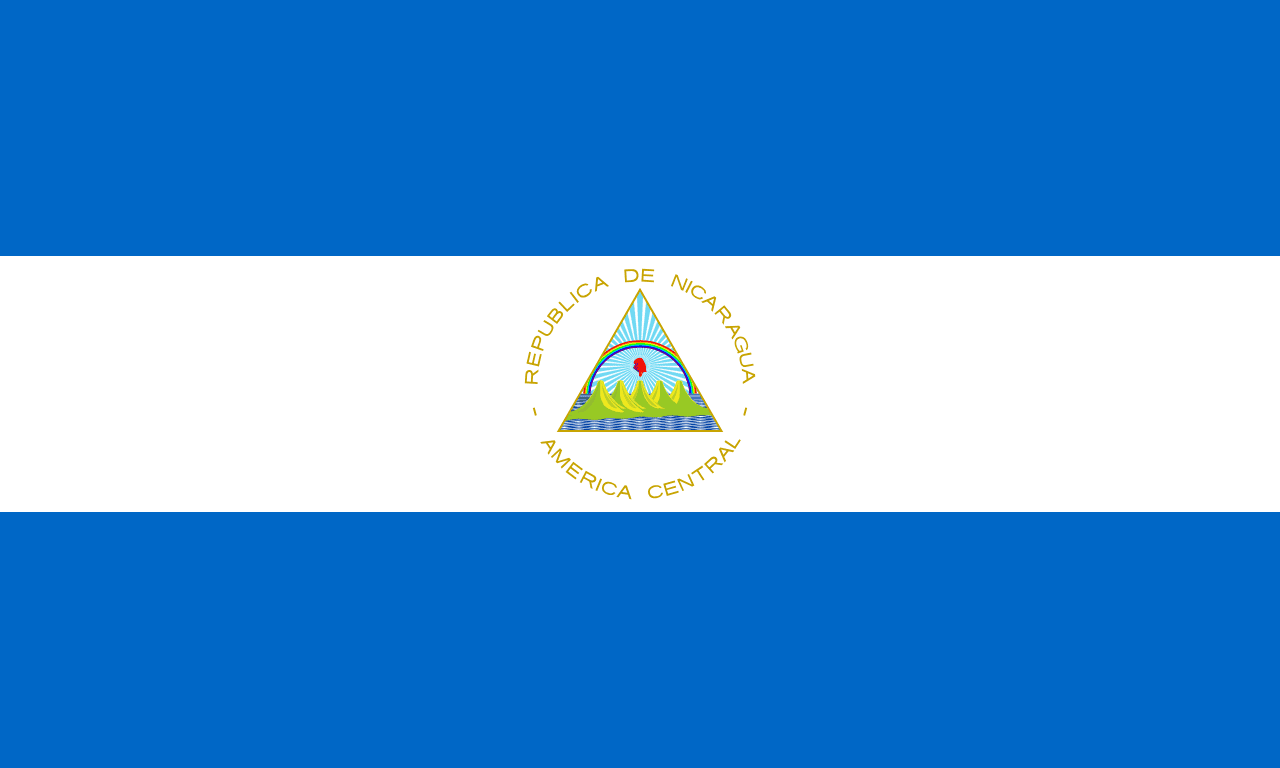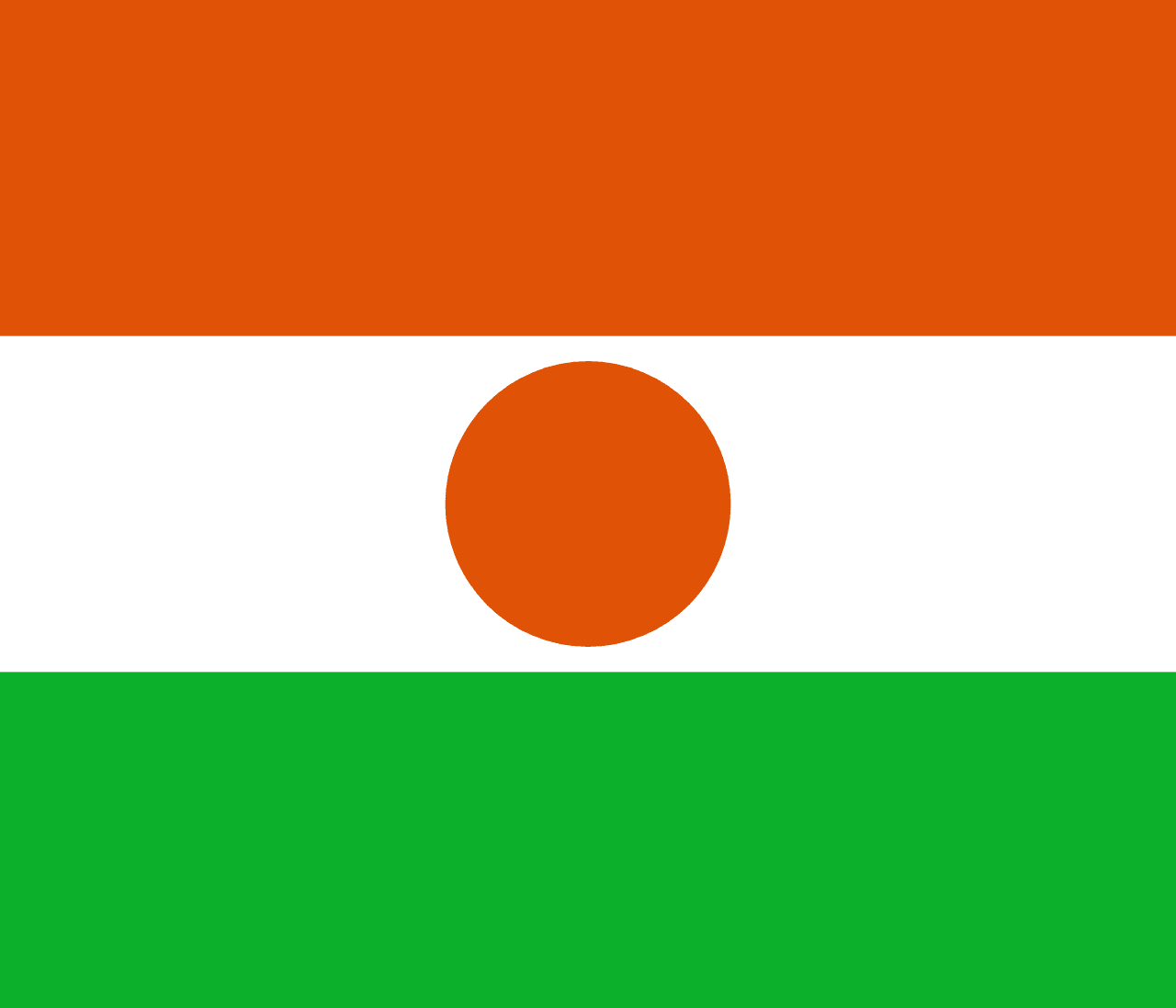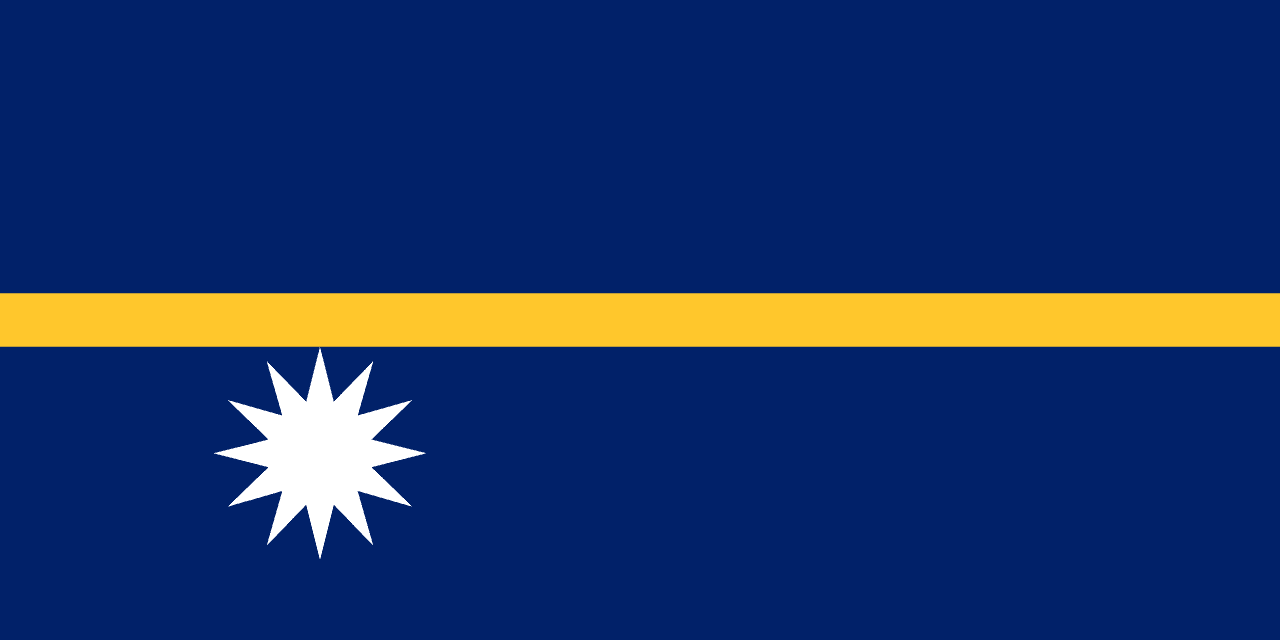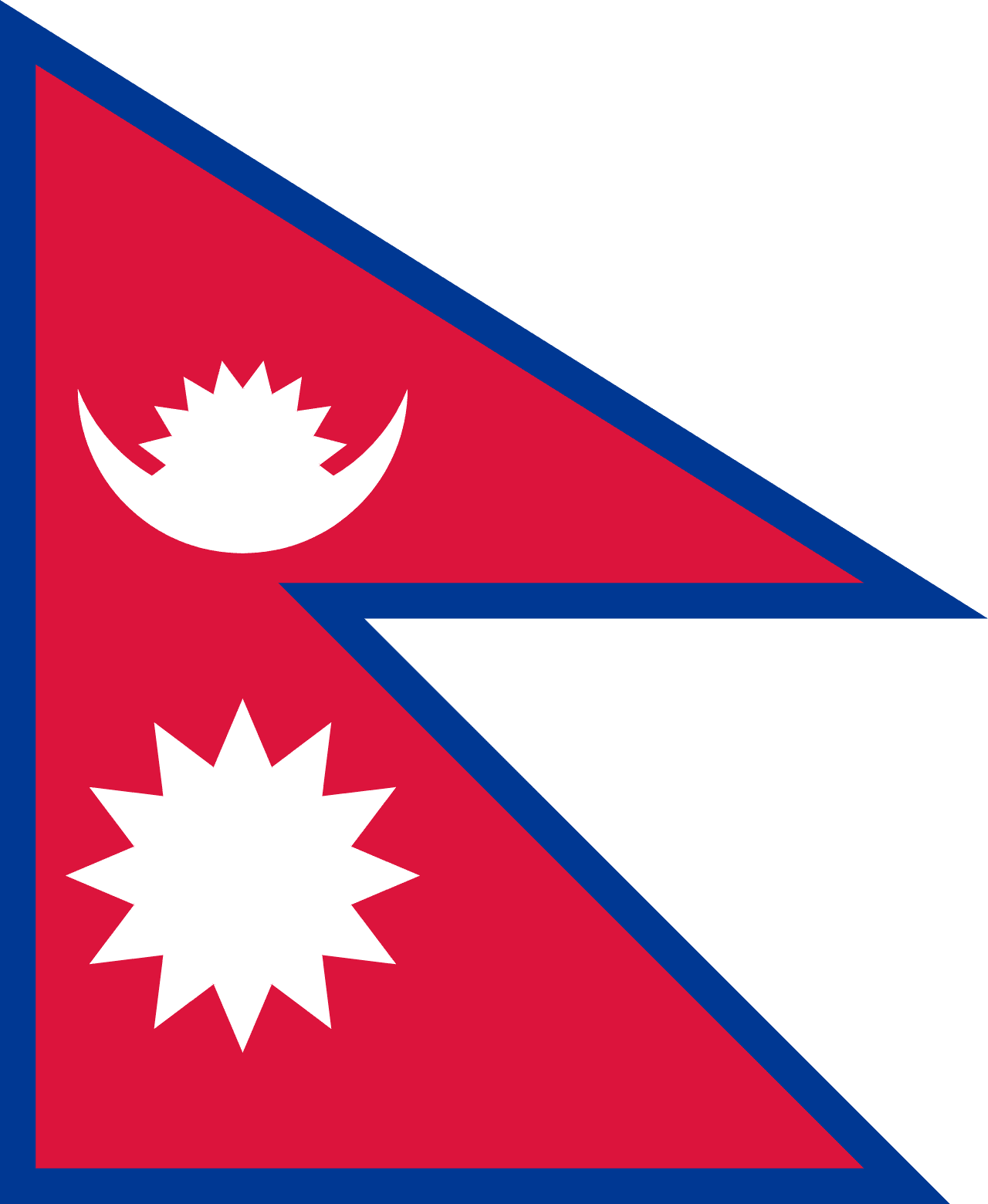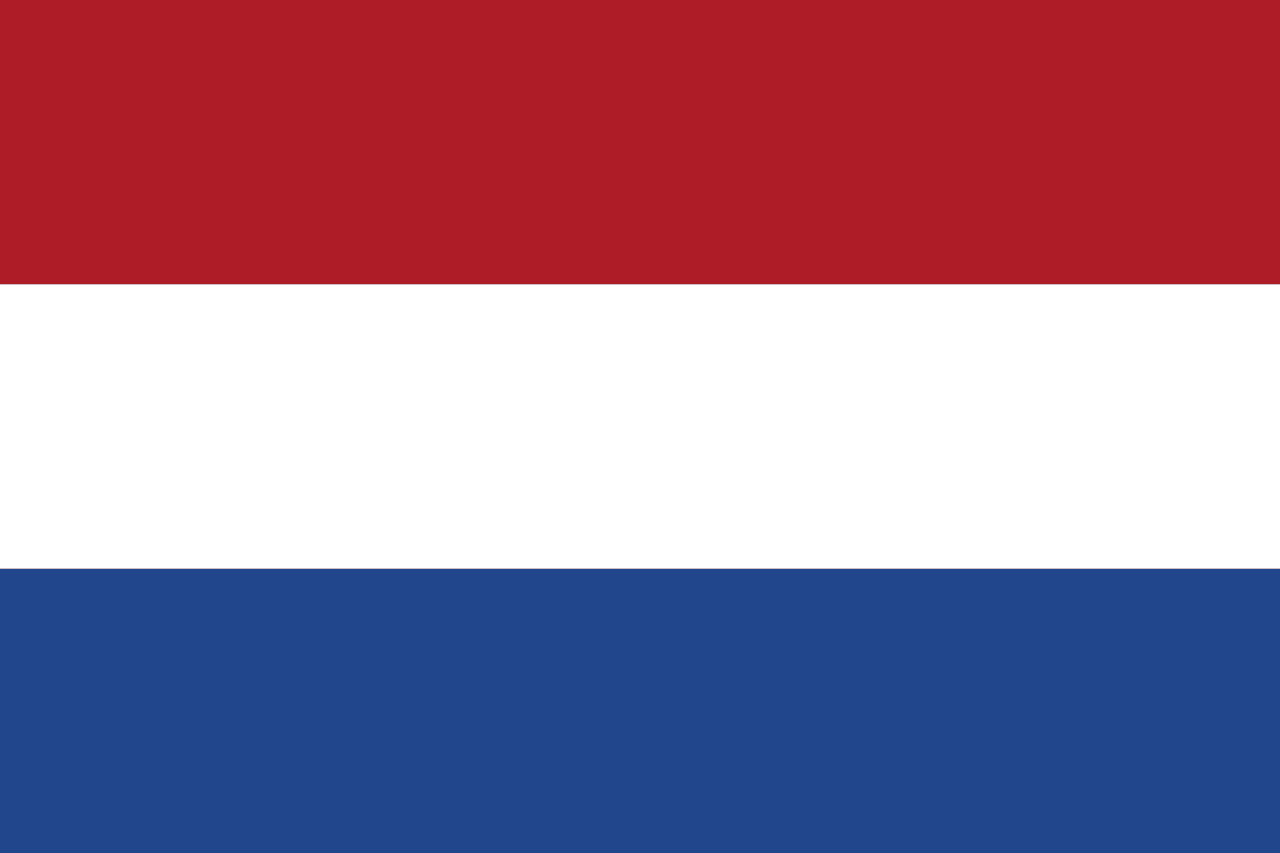The flag of New Caledonia, known as the Kanak flag, consists of three horizontal stripes of blue, red, and green, with a yellow disc featuring a black emblem at its center. This unique design represents the rich cultural heritage and natural beauty of this special collectivity of France located in the southwest Pacific Ocean.
New Caledonia information
| National Flag Day | — |
| Sovereign state | No |
| Official name | New Caledonia |
| Capital | Nouméa |
| Population | 271,407 |
| Area | 18,576 km² |
| Currency | Pacific franc (XPF) |
| Language | French, Kanak languages |
| Continent | Oceania |
| Region | Melanesia |
| Subregion | — |
| Borders | — |
| Timezone | New Caledonia Time (NCT) UTC+11 |
| Calling code | +687 |
| Top-level domain | .nc |
History of the New Caledonian flag
 The current flag was officially adopted on July 13, 2010, as part of the Nouméa Accord, which aimed to grant greater autonomy to New Caledonia and recognize the distinct identity of the indigenous Kanak people. The flag's design incorporates elements from the flag of the Kanak and Socialist National Liberation Front (FLNKS), a pro-independence movement, alongside symbols representing the territory's diverse population and natural environment.
The current flag was officially adopted on July 13, 2010, as part of the Nouméa Accord, which aimed to grant greater autonomy to New Caledonia and recognize the distinct identity of the indigenous Kanak people. The flag's design incorporates elements from the flag of the Kanak and Socialist National Liberation Front (FLNKS), a pro-independence movement, alongside symbols representing the territory's diverse population and natural environment.
Symbolism and design of the New Caledonian flag
Each element of the New Caledonian flag carries deep symbolic meaning:
- The blue stripe represents the sky and the surrounding Pacific Ocean, essential elements of New Caledonia's island geography.
- The red stripe symbolizes the blood shed in the struggle for independence, as well as the unity of the people.
- The green stripe represents the land, its fertility, and the abundant natural resources of the islands.
- The yellow disc in the center represents the sun, a vital source of life and energy.
- The black emblem within the disc is a flèche faîtière, a traditional Kanak symbol found on the rooftops of their houses. It represents the sprites of ancestors watching over the people and the connection between the living and the dead.
Usage and significance of the New Caledonian flag
 The New Caledonian flag holds a unique position as it is flown alongside the French tricolor, reflecting the territory's status as a special collectivity of France. It is displayed at official events, government buildings, and during cultural celebrations, symbolizing the distinct identity of New Caledonia within the French Republic. The flag plays a crucial role in fostering a sense of unity among the diverse population, including indigenous Kanaks, European settlers, and other Pacific islanders. It is also used to represent New Caledonia in regional Pacific forums and international sporting events.
The New Caledonian flag holds a unique position as it is flown alongside the French tricolor, reflecting the territory's status as a special collectivity of France. It is displayed at official events, government buildings, and during cultural celebrations, symbolizing the distinct identity of New Caledonia within the French Republic. The flag plays a crucial role in fostering a sense of unity among the diverse population, including indigenous Kanaks, European settlers, and other Pacific islanders. It is also used to represent New Caledonia in regional Pacific forums and international sporting events.
Interesting facts about the New Caledonian flag
- The adoption of the flag in 2010 was a significant step in the ongoing process of reconciliation and recognition of Kanak identity within New Caledonia.
- The flèche faîtière symbol on the flag is unique to Kanak culture and is not found on any other national or territorial flag.
- The flag's design was the result of extensive negotiations and represents a compromise between different political and cultural groups in New Caledonia.
- New Caledonia is home to a UNESCO World Heritage site, the lagoons of New Caledonia, which the blue in the flag can be seen to represent.
- The flag's adoption has been part of broader discussions about New Caledonia's political future, including potential independence from France.

